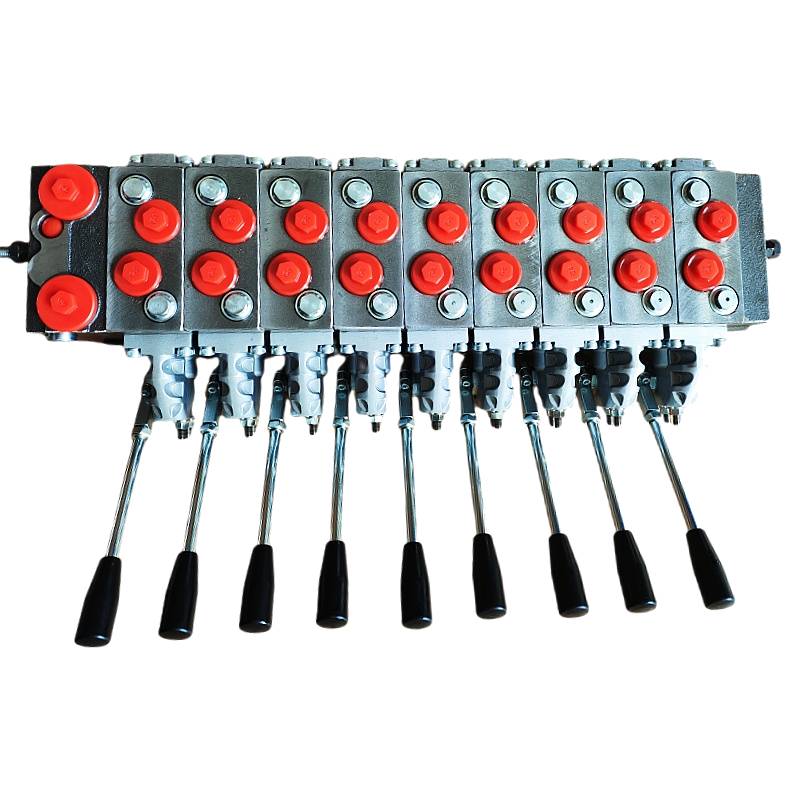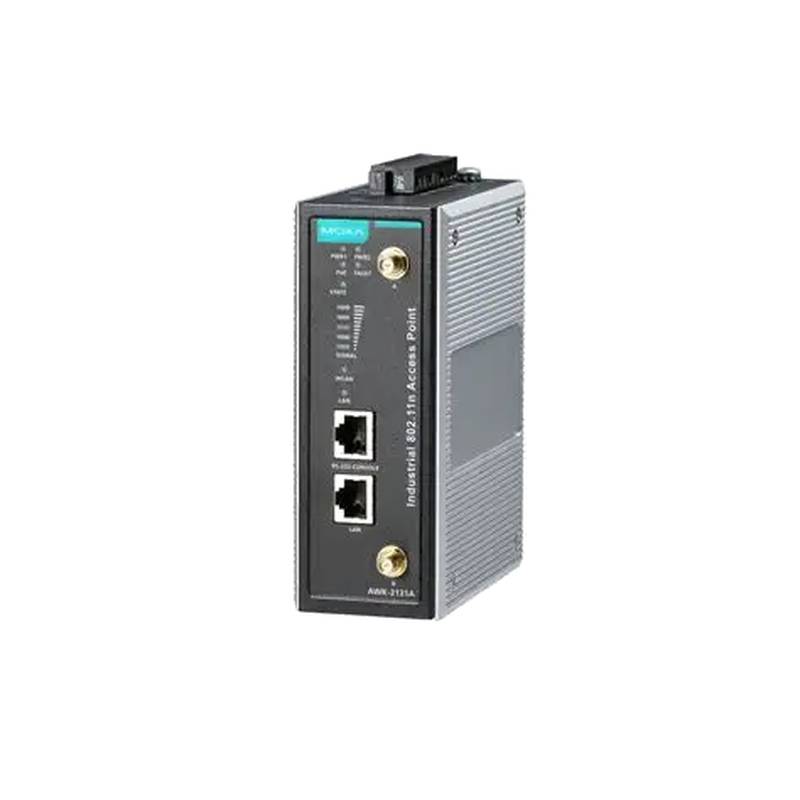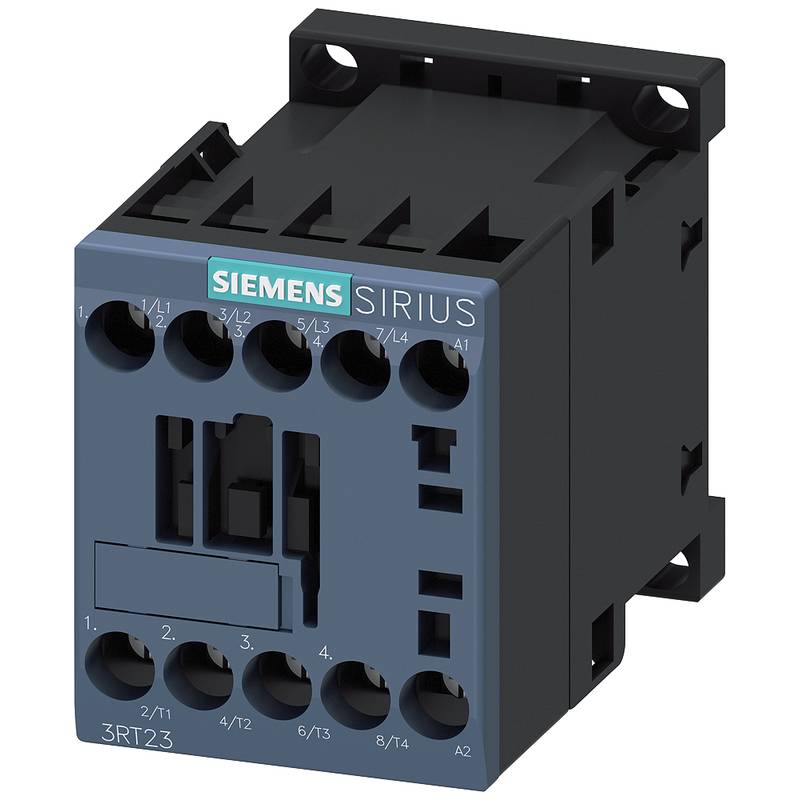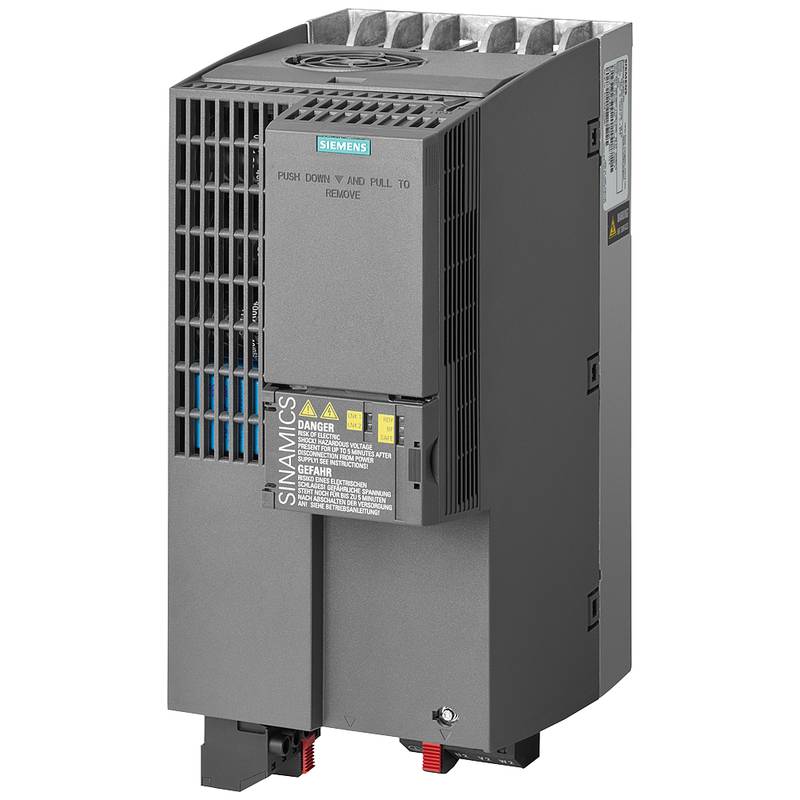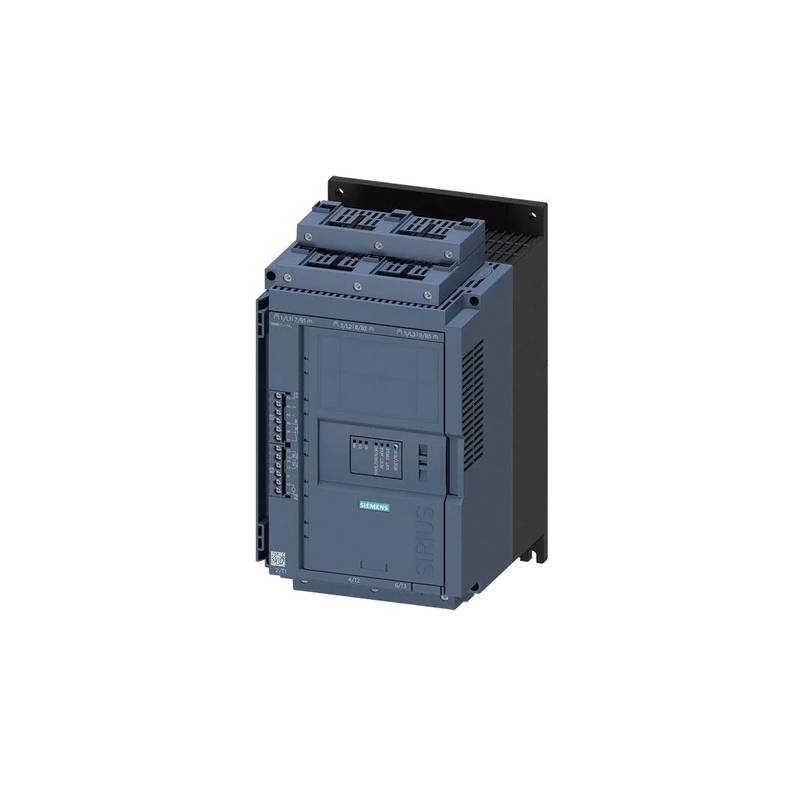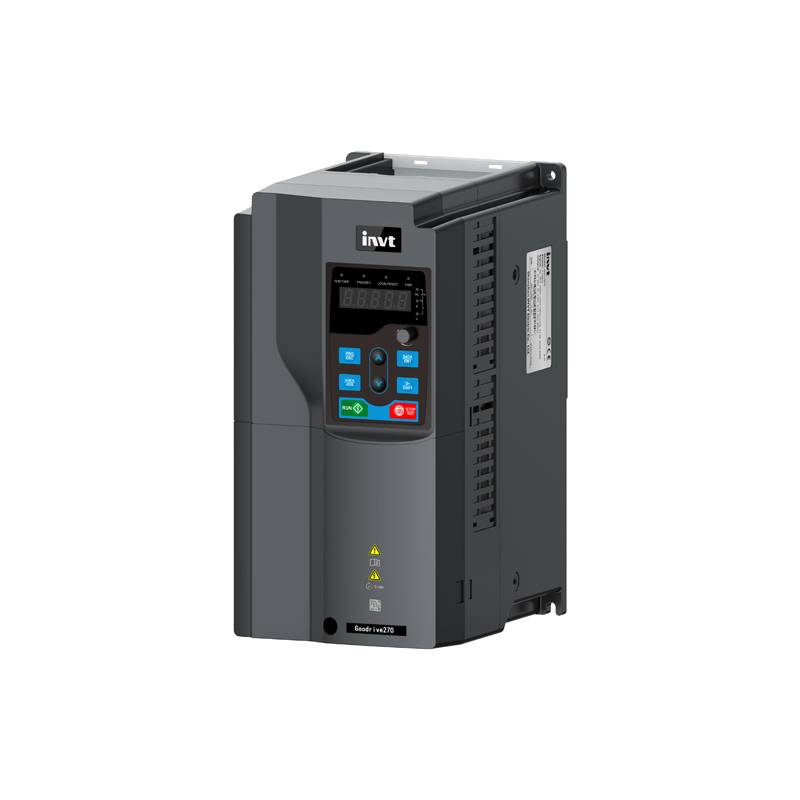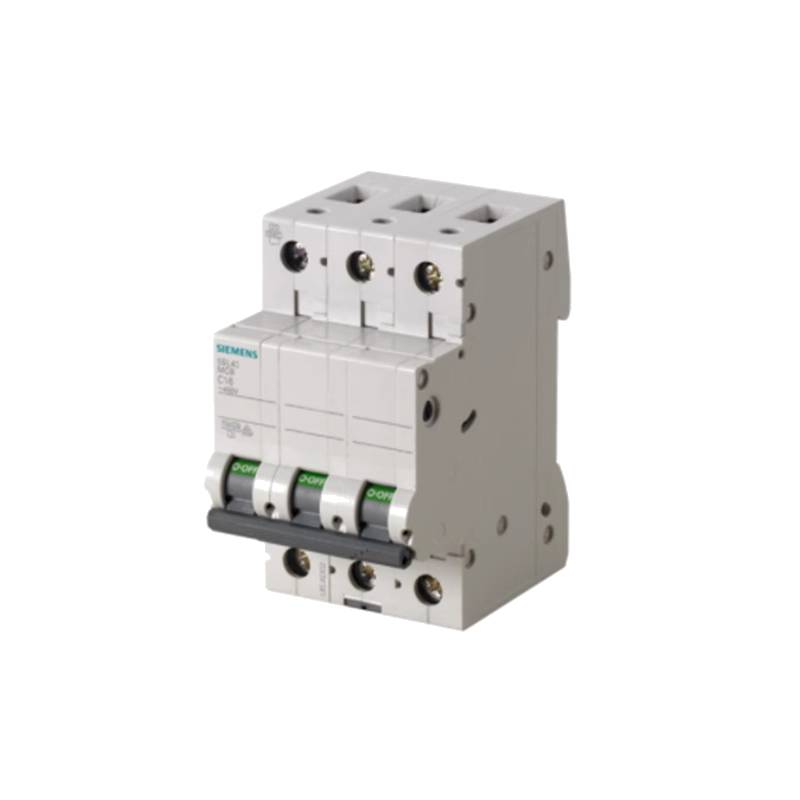
The YOULI YL-PV4/8S Heavy Equipment Hydraulic Proportional Valve is engineered for precision control in demanding mobile hydraulic applications, offering exceptional flow and pressure regulation. This advanced valve boasts a compact design, robust construction, and superior response times, making it a premier choice for optimizing the performance and efficiency of heavy machinery. Key technical specifications include a maximum operating pressure of 350 bar (5075 psi), a flow rate range from 0 to 160 liters per minute (42.2 gpm), and a rated current of 4/8A. Its fast response time, typically under 20ms, ensures instantaneous reaction to control signals, crucial for dynamic load handling and precise movements. The valve's internal pilot and load-sensing capabilities further enhance its operational efficiency and stability.
Core Features & Market Positioning
The YOULI YL-PV4/8S distinguishes itself through its high-performance electro-hydraulic proportional control, enabling sophisticated system management. Its advanced spool design and sophisticated internal compensation mechanisms ensure consistent and repeatable performance across a wide range of operating conditions, minimizing pilot pressure variations and load fluctuations. This level of precision control directly translates into improved fuel efficiency, reduced cycle times, and enhanced operator comfort for the end-user. The YL-PV4/8S is positioned as a premium, reliable solution for manufacturers seeking to elevate the operational capabilities of their equipment, competing effectively with established global brands through a combination of advanced technology and cost-effectiveness. Its robust design is geared towards longevity and minimal maintenance, a critical factor in the cost-conscious heavy equipment sector.
Key Application Scenarios
This versatile hydraulic proportional valve finds extensive application in mobile machinery where precise control of hydraulic functions is paramount. It is ideally suited for excavators, loaders, cranes, agricultural machinery, and forestry equipment, enabling finely tuned operation of booms, buckets, steering, and winches. Operators benefit from smoother implement movements, precise positioning capabilities, and improved load handling, leading to increased productivity and reduced operator fatigue. For manufacturers, integrating the YL-PV4/8S allows for the development of more sophisticated and responsive machine functionalities, enhancing the overall value proposition of their product lines.
Practical System Integration Guidance
Integrating the YOULI YL-PV4/8S into existing hydraulic systems requires careful attention to port configurations and electrical connections. The valve typically utilizes standard SAE or ISO mounting patterns, facilitating straightforward mechanical installation. Electrical integration involves connecting the proportional solenoid to a compatible electronic controller, such as a PLC or a dedicated mobile hydraulic controller, ensuring correct polarity and voltage supply. Proper grounding is essential to prevent electrical noise and ensure accurate signal transmission. The valve's internal pilot and load-sensing features require specific port connections within the hydraulic circuit to function optimally, typically involving a connection to the main system pressure and the pilot signal return. Initial commissioning should involve a systematic check of electrical signals, pilot pressure, and flow characteristics, followed by gradual load application to verify performance and stability.
Operation and Risk Mitigation
Proper operation of the YOULI YL-PV4/8S hydraulic proportional valve is achieved through precise electronic control signals that modulate the spool position, thereby regulating hydraulic flow and pressure. Operators must be trained to understand the machine's control response, as precise movements require nuanced input. Risk mitigation primarily involves adhering to the specified operating parameters. Exceeding the maximum pressure of 350 bar or operating outside the recommended temperature range can lead to premature wear or system failure. Regular inspection of hydraulic fluid cleanliness and filter integrity is critical, as contaminants are a primary cause of proportional valve malfunction. Common issues may include slow response, erratic movements, or complete loss of control, often traceable to electrical connection problems, solenoid failure, or internal spool contamination.
Scalability & Long-Term Value
The YOULI YL-PV4/8S offers significant long-term value through its robust design and the inherent scalability of proportional hydraulic systems. Its compatibility with a wide range of electronic control units and system architectures allows for integration into both new designs and upgrades of existing equipment. For manufacturers embracing Industry 4.0 principles, the YL-PV4/8S can be a key component in developing IIoT-enabled machinery. By integrating advanced controllers with communication capabilities, data from the valve—such as flow rates, pressure feedback, and operational status—can be monitored remotely, enabling predictive maintenance, performance optimization, and remote diagnostics. This future-proofing capability ensures that equipment equipped with the YL-PV4/8S remains competitive and efficient for years to come.
Frequently Asked Questions
What is the maximum flow rate for the YOULI YL-PV4/8S?
The valve supports a maximum flow rate of 160 liters per minute. This ensures it can handle demanding hydraulic power requirements.
This high flow capacity is crucial for large cylinders and actuators on heavy machinery. It allows for rapid movement and efficient operation of equipment.
The generous flow rate contributes to reduced cycle times, boosting overall productivity in applications like excavation and lifting.
What are the key advantages of using a proportional valve like the YL-PV4/8S?
Proportional valves offer precise, variable control over hydraulic functions. This allows for smooth and accurate movements of machine components.
They enable fine adjustments in speed and force, leading to improved operational efficiency and reduced wear on machinery. This also enhances operator comfort.
Compared to on/off valves, proportional valves provide superior system performance, better energy efficiency, and greater flexibility in machine control.
How does the YL-PV4/8S handle pressure variations in a hydraulic system?
The valve incorporates internal pilot and load-sensing features. These mechanisms help maintain consistent control despite system pressure fluctuations.
It is designed to operate reliably up to a maximum pressure of 350 bar. This robust pressure handling is vital for heavy-duty applications.
By compensating for load changes, the YL-PV4/8S ensures stable performance, preventing jerky movements and protecting other system components.
What types of heavy equipment are best suited for the YL-PV4/8S?
This valve is ideal for mobile hydraulic machinery requiring precise control. Examples include excavators, wheel loaders, and cranes.
Agricultural and forestry equipment, such as tractors with hydraulic implements and feller bunchers, also benefit greatly. These applications demand accurate actuator positioning.
Any heavy-duty mobile application where smooth, proportional control of hydraulic cylinders and motors is essential can utilize this valve effectively.
What are the essential electrical connection requirements for the YL-PV4/8S?
Proper electrical connection to a compatible controller is vital for precise operation. Ensure correct polarity and voltage matching.
A stable and well-grounded electrical supply is necessary to prevent signal interference and ensure reliable valve response. Use appropriate wiring gauges.
Incorrect electrical connections can lead to erratic performance, solenoid damage, or complete failure of the proportional control function. Consult the manual.
What maintenance is recommended for the YOULI YL-PV4/8S to ensure longevity?
Maintaining hydraulic fluid cleanliness is paramount; use high-quality filters and change fluid regularly. Contaminants are a primary cause of valve wear.
Visually inspect external connections for leaks or damage and ensure electrical connections remain secure and free from corrosion.
Periodic functional checks, monitoring for any degradation in performance like slow response or erratic movements, can help identify issues early.
Can the YL-PV4/8S be integrated into existing hydraulic control systems?
Yes, its standard mounting interfaces facilitate mechanical integration into many existing systems. Compatibility with control electronics is key.
System designers must ensure their electronic controllers can generate the appropriate PWM or current signals for the valve's solenoids. Check voltage and current ratings.
The valve's performance characteristics should be considered during integration to ensure it matches the overall system design and operational goals.
What are common troubleshooting issues with proportional valves like the YL-PV4/8S?
Slow or jerky movements often point to contamination in the hydraulic fluid or within the valve spool. Check filters and consider flushing.
Erratic operation can be caused by electrical signal issues, such as loose connections, poor grounding, or an inadequate control signal from the controller.
Solenoid failure, either due to electrical overload or internal damage, will result in a complete loss of proportional control for that function.
How does the YL-PV4/8S contribute to energy efficiency in heavy equipment?
Precise flow control minimizes energy waste by delivering only the required hydraulic power to the actuator. This avoids unnecessary pressure drops.
Load-sensing capabilities ensure the pump only generates the pressure needed for the current load, significantly reducing energy consumption during operation.
Optimized movements and reduced cycle times also contribute to overall fuel efficiency, lowering operational costs for the equipment owner.
What are the benefits of the internal pilot and load-sensing features?
Internal pilot operation provides faster response times and improved stability in demanding applications. It's a more advanced control mechanism.
Load-sensing ensures that the valve only draws the necessary pressure from the pump, optimizing energy usage and preventing unnecessary heat generation in the system.
These features collectively contribute to smoother operation, better system responsiveness, and enhanced overall efficiency and performance of the hydraulic system.














